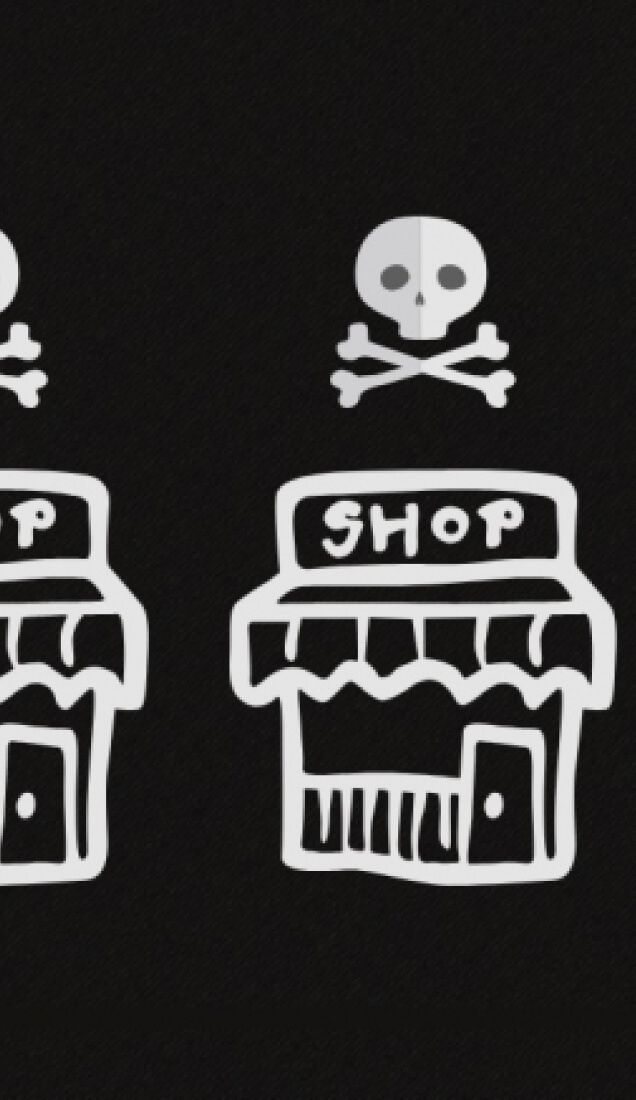I Got a Text! SMS vs Email Marketing
May 7, 2024
Have you noticed more of the texts you receive seem to be from brands rather than friends these days? Well, that’s because a lot more brands are incorporating SMS marketing into their digital strategies. SMS holds its value in immediacy and visibility. According to a 2024 report from Marigold, 80% of consumers check their notifications within 5 minutes of receiving a text message and 44% of Gen Zers and Millennials check their text messages more than 10 times a day. We know, that’s a lot. What’s more, 78% of consumers state that checking, sending, and responding to text messages is the activity they are most engaged with throughout the day. But exactly how engaged are people in SMS marketing messages?
The majority of businesses report SMS click-through rates between 20 and 35%, whereas the average email CTR across industries, according to HubSpot, is 8.3%, clearly a lot lower than SMS. However, email mailing lists tend to be a lot larger than SMS, which is likely skewing the stats.
Getting SMS Marketing Right
Whilst SMS marketing offers a higher likelihood of being seen, as with email, you have to be conscious of how much you’re targeting consumers. It’s crucial to make those messages count, as over half (51%) of global consumers have been frustrated by receiving irrelevant content or offers from brands in the last six months. SMS can be best utilized to promote limited-time offers and product restocks, given their sense of immediacy, reminders, be it for an event or reservation, or loyalty program updates, say if a customer has reached a new tier. SMS messages are also bound by more rigorous regulations than email. Under the UK’s SMS regulatory laws, businesses cannot send SMS marketing messages before 9am or after 8pm.
To Text or to Email? That is the Question
71% of consumers have opted in to receive texts from at least one business in the past year, and that in part is due to the tiered discount strategy. By which people are more likely to provide their phone number after already providing their email for an additional discount. This is known as incremental commitment; once a customer has taken the initial step of providing their email, they’ve already made a commitment of sorts and so offering their phone number feels like a smaller additional commitment. The additional discount also creates a sense of perceived added value for those providing their phone number, whilst fostering that fear of missing out feeling. Similarly, the psychological momentum can encourage the user to offer their phone number whilst operating under reduced perceived risk; they’ve already provided one piece of personal information, so may feel more comfortable providing more.
When considering which channel is more effective, it all really depends on the marketing message you’re planning to send. Email allows for richer content formats and longer text, perfect for monthly newsletters and relationship building. This allows you the opportunity to position your brand as a thought leader through valuable and longer form content. Email also tends to live for longer, people save and come back to emails, which they don’t tend to do as much with text messages. Texts are better for keeping customers in the loop around time-sensitive offers and new releases. Whilst email is best for nurturing customer relationships, SMS shines when looking to drive conversions.
The HubSpot Marketing Trends survey found that 51% of marketers consider email marketing to be the most effective channel. There’s a lot you can do with email, be it through automated sequences and abandoned cart reminders, plus it’s a cost-effective strategy. So, to answer the question, your channel of communication really depends on the marketing message you’re sending.
Considering what you can do with your email marketing strategy? We actually offer that service. Find out more here.








